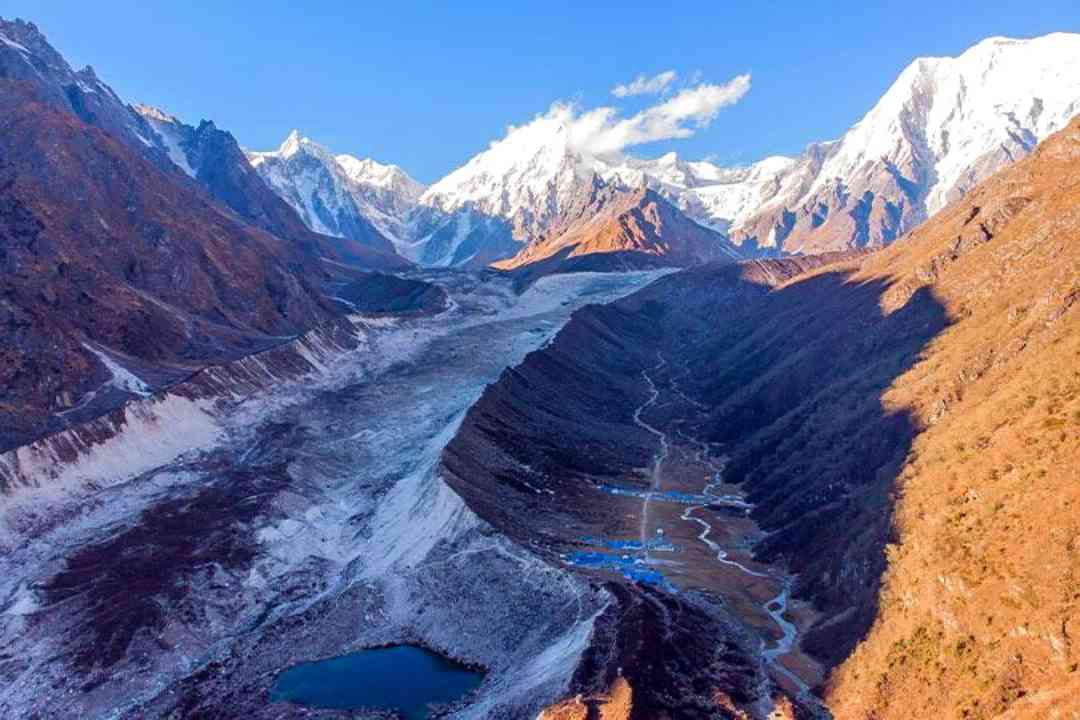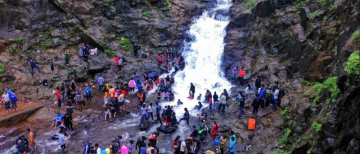Ski mountaineers from over the world travel to Nepal's Manaslu Base Camp to climb the eighth-highest mountain in the world, which is considered to be nature's everyday pearl. On Sunday, October 2, an avalanche struck the base camp in a new event. Anyone who is on a snowy mountainside is at risk from avalanches. They are stunning to watch from a distance, but their intensity and apparent randomness make them lethal. Three dozen tents were demolished in the incident, although there were no known human casualties. Some expedition companies are abandoning their season-long attempt as a precautionary measure.
Interestingly, it occurs one week after the previous one, which happened on September 26 and resulted in the deaths of two persons, among them was the famous US-based ski mountaineer Hilaree Nelson. This year, the Department of Tourism has granted more than 400 passes to climb Manaslu. However, the unfavourable weather may prevent these mountaineers from using these licenses this time. According to reports, Tashi Sherpa, who was attempting to ascend Manaslu at 8,163 metes, confirmed the event.
A snow pile that falls quickly down an inclined slope, like a hillside or a building's roof, is known as an avalanche. The causes of avalanches can be either natural (such as wind-driven snow or abrupt temperature changes) or man-made. They are among the most dangerous risks to human life and property in mountainous terrain. The Indian Army and the Defence Geoinformatics and Research Establishment (DGRE) installed the Avalanche Monitoring Radar together for improved information and early warnings before such avalanches. This avalanche monitoring system, the first of its type in India, was constructed in north Sikkim in September of this year.
Avalanche Monitoring Radar, Sikkim (Image Source-Eastmojo.com)
It can detect avalanches three seconds after they start and will help save both civilian and military lives as well as neighbouring homes. This radar will aid in providing early warning for landslides in addition to avalanches. The DGRE wing of the Defence Research and Development Organization turned this radar active.
©Vygr Media Private Limited 2022. All Rights Reserved.




















